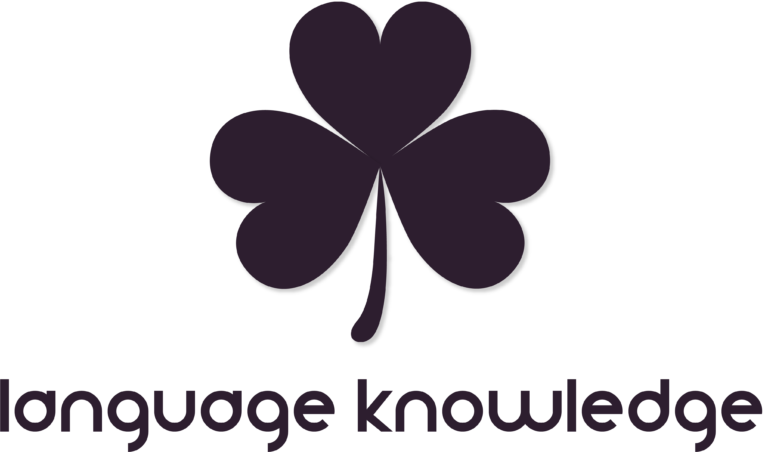What is a possessive pronoun?
First of all, an English possessive pronoun indicates possession of a thing or person. This means that you can say with the help of a possessive pronoun, for example, “This is my friend”. As with the personal pronoun, there are also two types of possessive pronouns: first, such a pronoun can be substantive (behind the noun, but back to it) and attributive (before the noun).
The formation / forms of the possessive pronoun
Basically, there is no proper formation because there are only few forms that you can incorporate into your sentences. Thus, it is not very difficult to use the English possessive pronoun. Nevertheless, it improves your text style considerably.
The substantive forms:
| Singular: | |
|---|---|
| 1. Person | mine |
| 2. Person | yours |
| 3. Person | his, her, its |
| Plural: | |
| 1. Person | ours |
| 2. Person | yours |
| 3. Person | theirs |
The attributive forms:
| Singular: | |
|---|---|
| 1. Person | my |
| 2. Person | your |
| 3. Person | his, her, its |
| Plural: | |
| 1. Person | our |
| 2. Person | your |
| 3. Person | their |
What should be considered with the Possessive Pronoun!
- In English, possessive pronouns must be used on garments and body parts.
He had his hands in his pockets.
- Furthermore, possessive pronouns also stand for abstract words. Examples are: death, mind, life, etc.
It’s your life.
Reinforced by “own”
For this you have to be careful that you use only attributive pronouns, since it is only with these. The following rules apply::
Possessive pronoun + own:
Here own stands before the noun:
He did it with his own hands.
of + possessive pronoun + own:
In this case, own is behind the noun:
He has a school of his own.
Possessive pronoun + own:
If you want to prevent a repetition of a noun, the possessive pronoun and own should be alone:
It’s my sisters school, not my own.
Of + possessive pronouns
Of + a possessive pronoun are always behind the noun. Furthermore, a numerical word or a Demonstrative Pronoun is always associated with the possessive pronoun.
Of + attributive possessive pronoun + own:
Have you got a football of your own?
Of + substantive English possessive pronoun:
He is a friend of mine.
About me
Hey, formerly I thought that learning languages was an innate one. Either you can speak English perfectly or not and no matter how much you learn – “I do not write a good grade in English anyway.” But I quickly learned that you do not know everything in your mother tongue.
After a while, I gave myself one last chance to learn English. Only this time I limited myself to the essential points.
That means for me verbs: the form – examples – signal words & the usage
This method enabled me to learn English faster than ever before.
Since then I know that learning to talk is not innate. And through that realization, my vision has become to offer other students the opportunity to learn English, just like I did back then. Now I ask you to help me by sharing this article with your friends! Thanks a lot!
You read: Possessiv Pronoun





